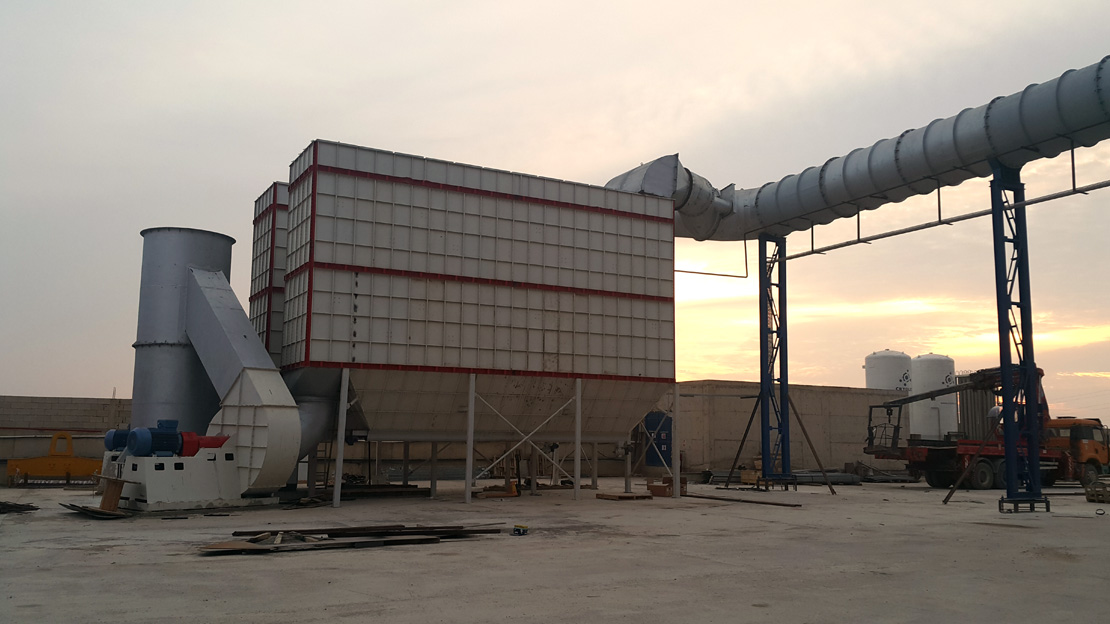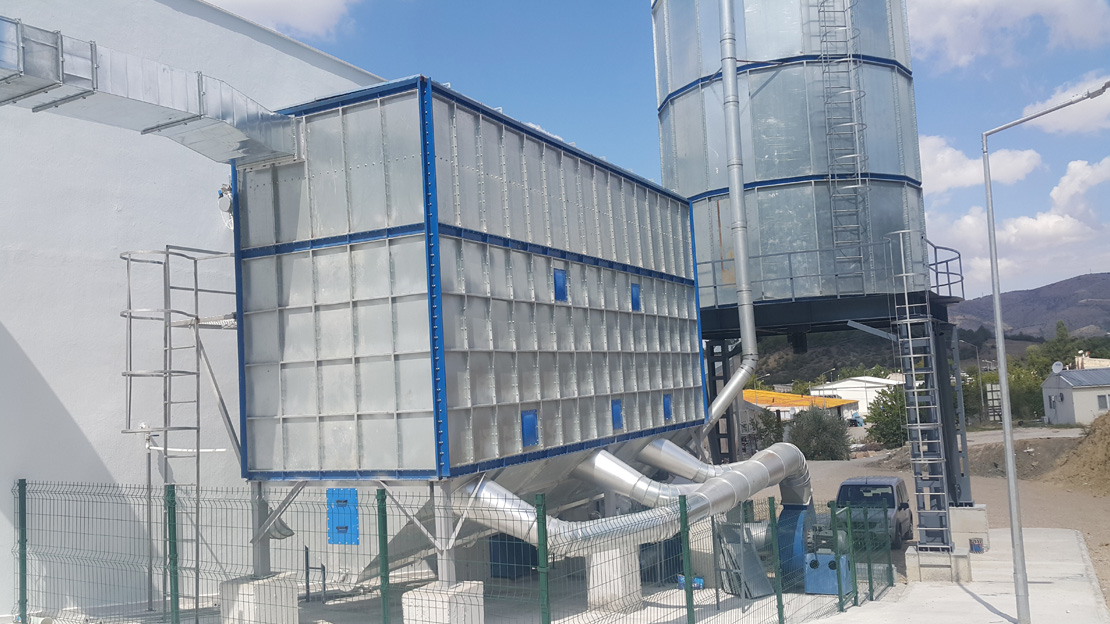




What is Acid Aeration? Laboratory/chemical ventilation systems serve to remove hazardous gases, fumes and other particulate matter from the air during chemical experiments or other industrial processes and to replace lost air with fresh air. These systems typically consist of hoods and exhaust fans. Depending on whether adequate fresh air ventilation is brought into the building or room through a building's climate control system, these systems may or may not also include make-up air units. The vanity units are separate from the exhaust hood and fan because they replace air lost due to exhausting hazardous fumes. Chemical Ventilation Keep your laboratory/chemical ventilation system performing optimally and help ensure its longevity by properly maintaining it. This preventive maintenance keeps the system operating at peak efficiency, minimizes unnecessary repairs and downtime, and helps keep energy costs low. This service keeps your system clean and in good working order. It also helps prevent smaller problems from turning into larger, more costly problems. With preventive maintenance, we love partnering with our customers to offer the most appropriate options and create tailored solutions to suit your needs. We understand the importance and adverse effects of having a commercial/industrial operation and will therefore work on comprehensive, systemic solutions to keep you up and running.
Professional Services Local ventilation consists of systems designed to remove the toxic substance or pollutant from the point of production, such as chemical fume hoods. General ventilation serves the entire work area, supplying and extracting air through strategically placed diffusers or vents throughout a room. Many standards exist for the proper design, maintenance and operation of ventilation systems. Centrifugal fans are equipped with forward or backward curved blades. Back curved blades save up to 20% energy. Another important advantage of backward curved blades is their high air load capacity. Centrifugal fans with forward curved blades provide the same air capacity and pressure characteristics as backward curved blades, but require smaller impeller diameter and lower speed. Thus, they can achieve the desired result by demanding less space and producing less noise.
Bu site çerezler kullanır. Sitede gezinmeye devam ederek çerezlerimizin kullanımını kabul etmiş olursunuz.
Daha fazlası